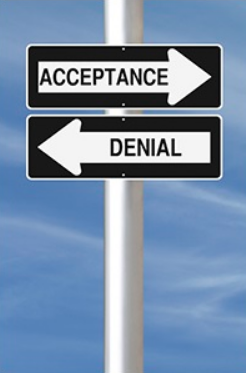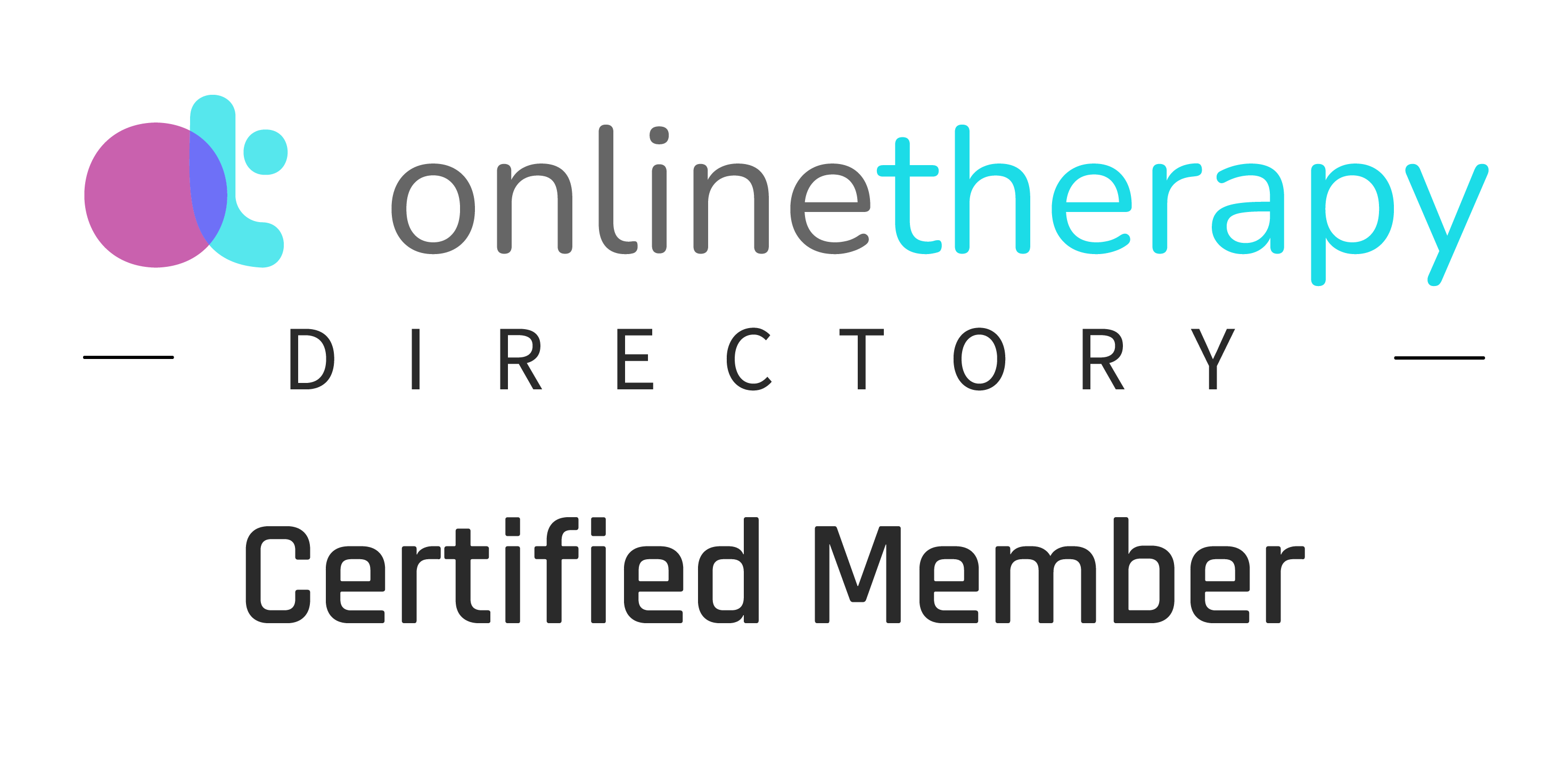By Dr. Sue Ann T. Guy
Definition, Occurrence and Symptoms: Helplessness is the temporary inability to defend oneself or act effectively. Lacking protection or support, especially when faced with difficulty. The feeling or state of being unable to do anything to help yourself or anyone else. Feeling defenseless, powerlessness, out of control, unable to manage.
Learned helplessness is an ongoing behavior that occurs or manifest when someone is repeatedly subject or controlled by an aversive stimulus that is inescapable. Eventually, the person will stop trying to avoid the stimulus and behave as if utterly helpless to change the situation. Even when opportunities to escape are presented, this learned helplessness will prevent any action. When people feel that they have no control over their situation, they may begin to behave in a helpless manner. This inaction can lead people to overlook opportunities for relief or change. Learned helplessness may also contribute to feelings of anxiety and may influence the onset, severity, and persistence of conditions such as generalized anxiety disorder (GAD).1 Low self-esteem, frustration, passivity and lack of motivation or effort are other symptoms of learned helplessness.2 The opposite of helplessness is feeling guarded, protected, shielded, capable and in control.
Coping Strategies: When experiencing helplessness, seek someone’s help or continually practice independently. Research suggests that learned helplessness can be successfully decreased, particularly if intervention occurs during early onset. Long-term learned helplessness can also be reduced by CBT therapy, although it may require longer-term effort.1 Fostering and communicating a work environment where you and coworkers feel guarded, protected, shielded, capable and in control.
References






